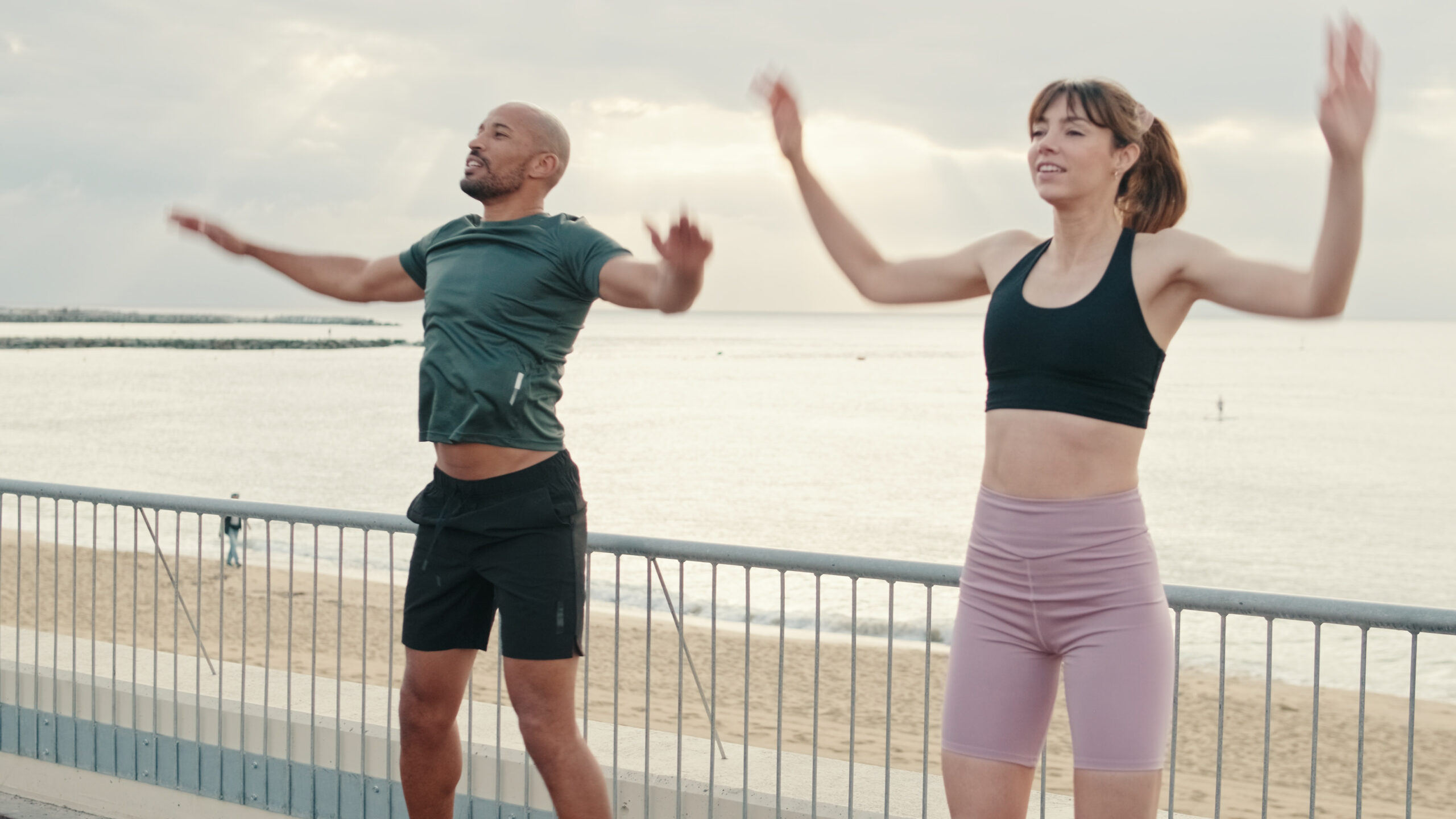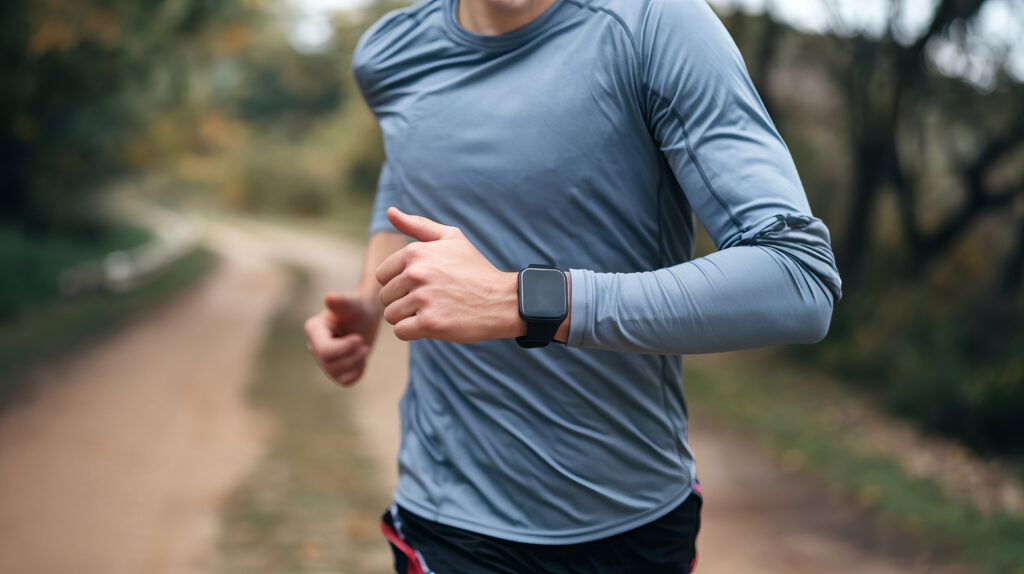
The Warm-Up Explained
If you’ve read our previous blog on why you should never skip your cool-down, then you already know how crucial recovery is to your fitness progress. Skipping that step can interfere with muscle repair, lead to increase soreness, and even impact your performance in your next workout.
Now that you’re all set on the recovery side of things, let’s shift gears and focus on pre-workout. Today, we’re taking a closer look at why warming up plays such a crucial role in your workout routine.
Why Warm-Up?
The goal of a warm-up is simple: prepare your body and mind for movement. Warming up sets the stage for peak performance by gradually increasing your heart rate, raising your core temperature and boosting blood flow to your muscles. In fact, studies show that warming up improves performance in 79% of cases.
“Think of your body like a racecar. You don’t go from 0 to 200 miles per hour the moment you hit the track,” says Shannon Strzynski, MCC Group Fitness Supervisor. “You ease onto the gas, build momentum, and gradually reach top speed. That’s what your warm-up is for — it’s you pressing the gas, maybe hitting 100 to see how it feels, then pulling back. You’re preparing, not burning out. If you floor it too soon, you risk blowing the engine.”
Ever feel stiff when you first wake up or after sitting for hours at your desk? That tightness signals that your body needs a little movement to loosen up. Warming up gently loosens your joints, muscles and ligaments, increasing your range of motion and reducing your risk of injury.
“As you begin moving in your warm-up, your circulation increases and your joints become more lubricated,” says Strzynski. “This helps ease stiffness and mild soreness caused by prolonged inactivity.”
Now that we’ve covered why warming up matters, let’s break down how to do it effectively.
Four Components of a Successful Warm-Up
Light Cardio
This first part of your warm-up is relatively simple and is designed to increase your heart rate. You’re preparing to get your heart rate at the level it will be at during your actual workout. Some examples of light intensity cardio exercises would be running or going for a brisk walk – anything that gets your blood pumping.
“If you don’t get your heart rate up to 100 beats per minute during your warm-up, you’re going to struggle to work out at 100 beats per minute,” says Strzynski.
Dynamic Stretching (Not Static Stretching)
When most people think of warming up, they usually think of standing still and holding a specific stretch, such as bending down to touch their toes. This is called static stretching. Dynamic stretching (or active stretching) is movement-based and mimics the activity you’re going to do in your workout.
“In this portion of your warm-up, you want to move your body in an exaggerated way of how you’re going to move it during your workout,” says Strzynski, “You want to get your body moving in all different directions, so your muscles are warmed up in all different ways.”
Static stretching helps increase flexibility, but it doesn’t help increase your range of movement, so it’s best to stick to dynamic stretches during your warm-up. Save static stretching for your cool-down.
Sport-Specific Activity
When it comes to warm-ups, there’s no one size fits all. Warm-ups vary from athlete to athlete; for example, a softball player’s warm-up will look different from a swimmer’s warm-up.
If you aren’t warming up for a sport or activity, think of it this way: your warm-up is going to be whatever you’re planning on doing in your workout, just reduced. If jumping jacks are part of your workout, do a small set — say 10-20 — as part of your warm-up.
“A warm-up is about gradually building your body up to the level you’ll need during your workout,” says Strzynski. “Think of it as easing into your peak. Take 30 seconds to a minute to slowly ramp up — that way, when your workout starts, your body’s already there and ready to sustain that level of energy.”

How Do I Know When I’m Warmed Up?
A good warm-up typically lasts 5 to 10 minutes, depending on your fitness level and the intensity of your workout. Don’t rush it — your body will thank you during (and after) your session.
You’ll know you’re warmed up when you feel loose, alert, and slightly out of breath — but not tired. Your heart rate is elevated, your muscles feel more mobile, and mentally, you’ve shifted into “go” mode. If your warm-up leaves you drenched in sweat or gasping for air, scale it back. The goal is preparation, not exhaustion.
Warm-ups aren’t optional. They’re the pre-game huddle, the dress rehearsal, the cue your body needs to bring its A-game. So, the next time you head to the gym or gear up for a sports session, don’t skip it. Take the time to ease in, loosen up, and get your body ready to crush your workout.
